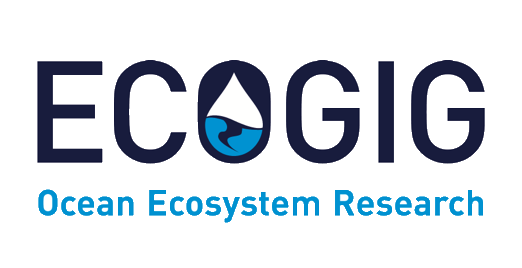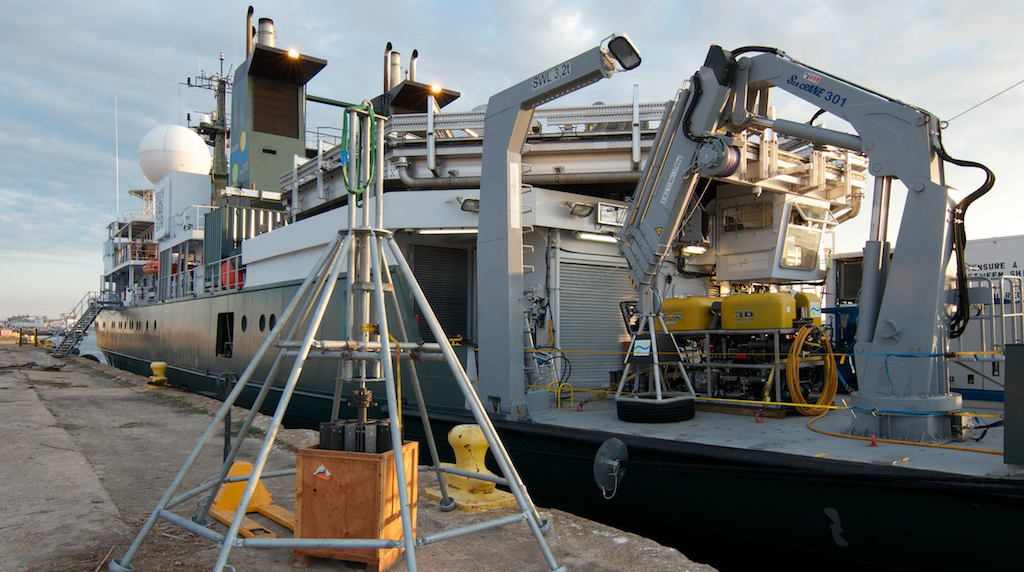November 06, 2012
This final shakedown cruise for the Schmidt Ocean Institute research vessel Falkor was dedicated to a comprehensive study of ecosystems near the site of Deepwater Horizon oil spill in the northern Gulf of Mexico.This cruise was planned as the most intensive operational test of R/V Falkor and her embedded systems in advance of the committed research projects that started in 2013. This cruise spanned more than three weeks at sea and included high-resolution mapping of the seafloor for background data and scientific sampling decisions, remotely operated vehicle (ROV) operations, coordinated ROV operations with another research vessel during the mission, small plane overflight, numerous deployments of customized instruments brought by the science team, and round-the-clock experiments at sea in the onboard laboratories.The November timing of the expedition added another test dimension for ship operations due to the potential for inclement weather heading into the winter season. Experience with sea state conditions has been essential training for R/V Falkor’s integrated operations. For example, it may take one to two hours to recover an ROV in the event of worsening weather, but the ship must still be able to maintain its position.
The expedition was a collaboration of Schmidt Ocean Institute with a multidisciplinary research program that was studying environmentally important questions about the impacts of oil on ocean ecosystems. Led by Dr. Ray Highsmith, the Ecosystem Impacts of Oil and Gas Inputs to the Gulf (ECOGIG) consortium brought together oceanographers, biologists and chemists from more than 17 institutions to study ecosystem impacts of natural oil and gas seepage versus that of oil disasters. The research investigated the long-term effects and ecosystem recovery from the Deepwater Horizon oil spill that occurred in April 2010. ECOGIG was funded by the Gulf of Mexico Research Initiative.
The scientists aboard R/V Falkor used cutting-edge sensors and an array of technical equipment to sample and monitor ECOGIG study sites. An important capability of R/V Falkor for this study was the deep-sea ROV Global Explorer MK3 that can operate to depths of 2,000 meters. The ROV was used to transport customized instruments to the seafloor and install them in precise locations with a dexterous manipulator arm. It is equipped with customized cameras, including an advanced 3-D video imaging system, that will give the scientists an unprecedented view of the seafloor around the study sites. Samples can be tracked to specific locations on the seafloor with high-quality navigation data from the ROV and ship.
Scientific Objectives
The first leg of the expedition, led by Chief Scientist Ian MacDonald from Florida State University, consisted of twelve scientists and graduate students from eight different institutions. A primary objective was to recover seafloor “lander” platforms that enable long-term studies of the microbial degradation of oil on the seafloor, and monitoring the flow of methane gas from the seafloor. Microbiologist Beth Orcutt of Bigelow Laboratory for Ocean Sciences led the lander operations.The science team focused their studies on three areas: a deep-sea coral community; a site near the Macondo wellhead where a lander is currently deployed; and a natural hydrocarbon seep. Over the first two weeks, the team worked to:
1. recover and redeploy benthic landers at two sites;
2. collect water and coral samples with the ROV;
3. collect sediment cores with the ROV and a multiple corer;
4. deploy and recover short-term observing instruments; and
5. conduct acoustic bathymetric and water column surveys.
The cores would be analyzed for hydrocarbon content and fingerprinting for presence of Macondo oil, microbial community structure, activity, and impact on sediment geochemistry, and evidence of gas hydrates. At hard grounds, the coral/bivalve community were investigated. An ECOGIG team aboard the research vessel R/V Pelican linked up with R/V Falkor for the lander operations. And there was an overflight by an aircraft operated by On Wings of Care to record aerial photography of surface oil slicks. On November 19th, there was an exchange of research teams on board. The second leg, led by Chief Scientist Charles Fisher of Penn State University, focused on deep-sea coral studies.
This article was written by Debbie Nail Meyer and originally appeared here.


















 back to top
back to top